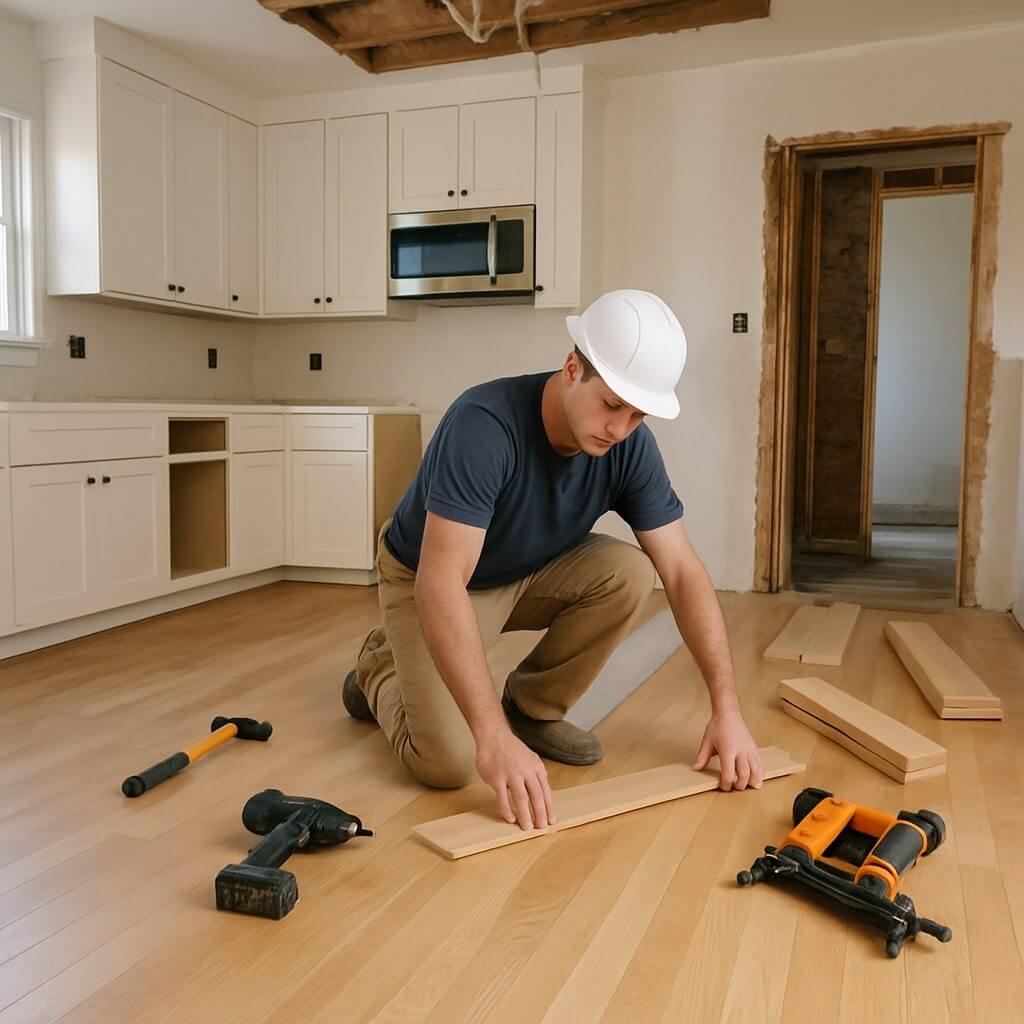Renovating a home can be an exciting transformation, but costs can quickly spiral without proper planning. Whether you’re remodeling a kitchen, upgrading a bathroom, or doing a full-scale renovation, understanding the key factors that influence the cost of home renovations is crucial for homeowners.
This article explores the top elements that drive renovation expenses—empowering you to make informed decisions and budget wisely.
1. Scope of the Renovation
The size and complexity of the renovation play a major role in determining cost. Minor cosmetic updates like repainting or changing light fixtures are far less expensive than structural changes or complete room overhauls.
- Full-scale renovations often involve tearing down walls, adding extensions, or reconfiguring plumbing and electrical systems—drastically increasing labor and materials.
- Partial renovations (e.g., updating countertops or installing new flooring) are typically more affordable and faster to complete.
2. Materials and Finishes
Material selection significantly affects overall costs.
- High-end materials like quartz countertops, hardwood floors, or designer tiles can be 3–4x more expensive than standard options.
- Custom finishes and imported fixtures also raise the price, especially when combined with specialized installation.
Tip: Mixing premium and standard materials strategically can help maintain both quality and affordability.
3. Labor Costs
Skilled labor is a major component of renovation expenses. Costs vary based on:
- Type of labor: Electricians, plumbers, and carpenters each have different rates.
- Experience level: More experienced contractors may charge more, but offer better results and fewer mistakes.
- Location: Labor costs differ by region due to demand and cost of living. Urban areas tend to be more expensive.
4. Location of the Property
The location of your home affects renovation costs in multiple ways:
- Local pricing: Cities like New York or San Francisco have higher contractor rates and material costs compared to smaller towns.
- Access: Properties in hard-to-reach areas (e.g., mountains or islands) may incur transport and logistics charges.
- Building codes: Some municipalities require stricter compliance, more expensive materials, or costly permits.
5. Permits and Inspections
Depending on the renovation type and local laws, permits may be required for:
- Electrical and plumbing work
- Structural changes
- Roof or foundation repairs
Permit fees can add several hundred to thousands of dollars to your budget. Additionally, failed inspections may result in costly revisions or penalties.
6. Design and Planning Costs
Hiring architects, interior designers, or engineers can add to the overall renovation cost, especially for major transformations.
- Architectural plans ensure your renovation meets safety codes and design goals.
- Interior designers offer tailored aesthetic guidance but can charge hourly or flat fees.
While optional for small projects, professional planning can save money in the long run by preventing design flaws and costly rework.
7. Demolition and Waste Removal
Don’t overlook the cost of tearing things down and hauling debris away. Factors include:
- Extent of demolition
- Asbestos or mold removal (if required)
- Disposal fees for heavy construction materials
These “invisible” expenses can add up quickly.
8. Timeline and Project Duration
The longer the project, the higher the cost due to:
- Extended labor hours
- Temporary housing or storage needs
- Increased risk of material price changes
Delays can further inflate the budget, especially if contractors are billing by the hour or day.
9. Changes During the Project
One of the most common cost drivers is mid-project changes. Adding features or changing the plan midway often means:
- Reordering materials
- Reworking completed tasks
- Extending the project timeline
Always plan thoroughly and stick to your budget to avoid “scope creep.”
10. Economic Factors and Inflation
Material and labor costs can fluctuate due to:
- Global supply chain issues
- Inflation
- Seasonal demand
Staying updated with market trends and getting multiple quotes helps mitigate surprises.
FAQs: What Factors Most Influence the Cost of Home Renovations?
The average cost ranges from $50 to $250 per square foot depending on location, materials, and the type of renovation. Basic cosmetic updates fall on the lower end, while luxury or structural work pushes costs higher.
You can save money by:
Reusing or repurposing existing materials
Choosing mid-range finishes
Planning thoroughly to avoid changes
Getting multiple contractor quotes
Doing minor tasks (like painting) yourself
Not all renovations require permits. Cosmetic changes like painting, flooring, or cabinetry usually don’t. However, electrical, plumbing, and structural changes typically require permits and inspections.
A good rule is to set aside 10–20% of your total renovation budget for unforeseen issues, such as hidden water damage or outdated wiring.
Renovating all at once can be more cost-effective due to reduced contractor travel and economies of scale. However, phased renovations may help manage cash flow and minimize disruptions.
Conclusion
Renovating your home is an investment in both comfort and property value. But costs can vary wildly depending on many factors—from the size of the project to your material choices and even your ZIP code. With careful planning, transparent communication with contractors, and a realistic budget, you can achieve your renovation goals without breaking the bank.

